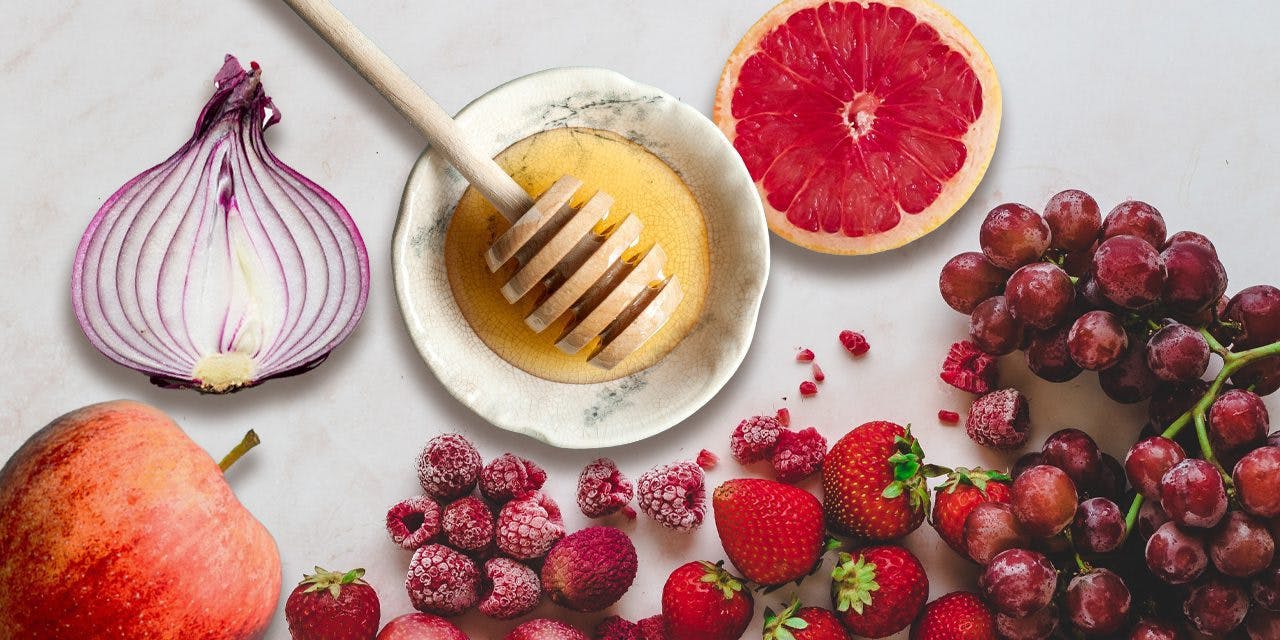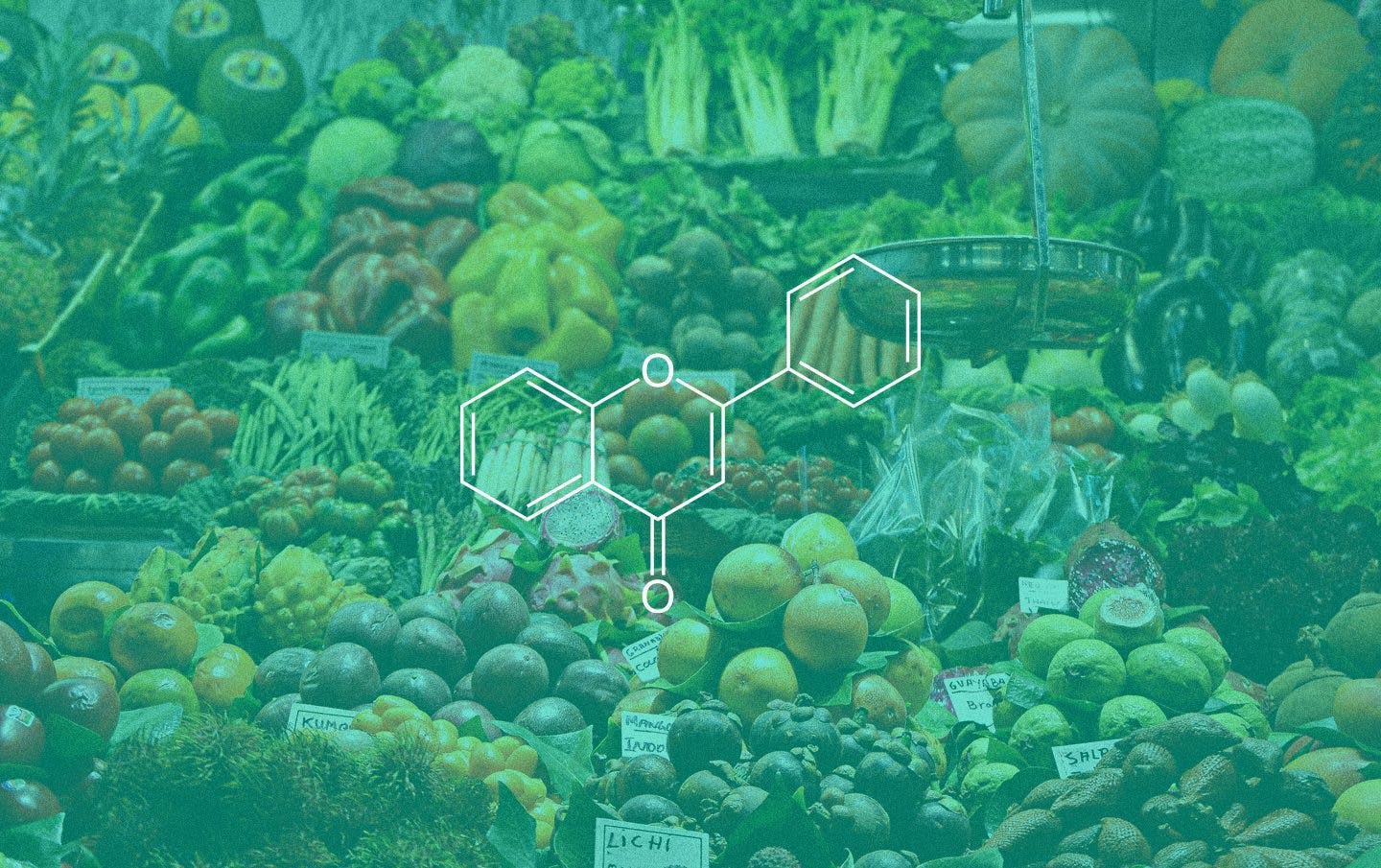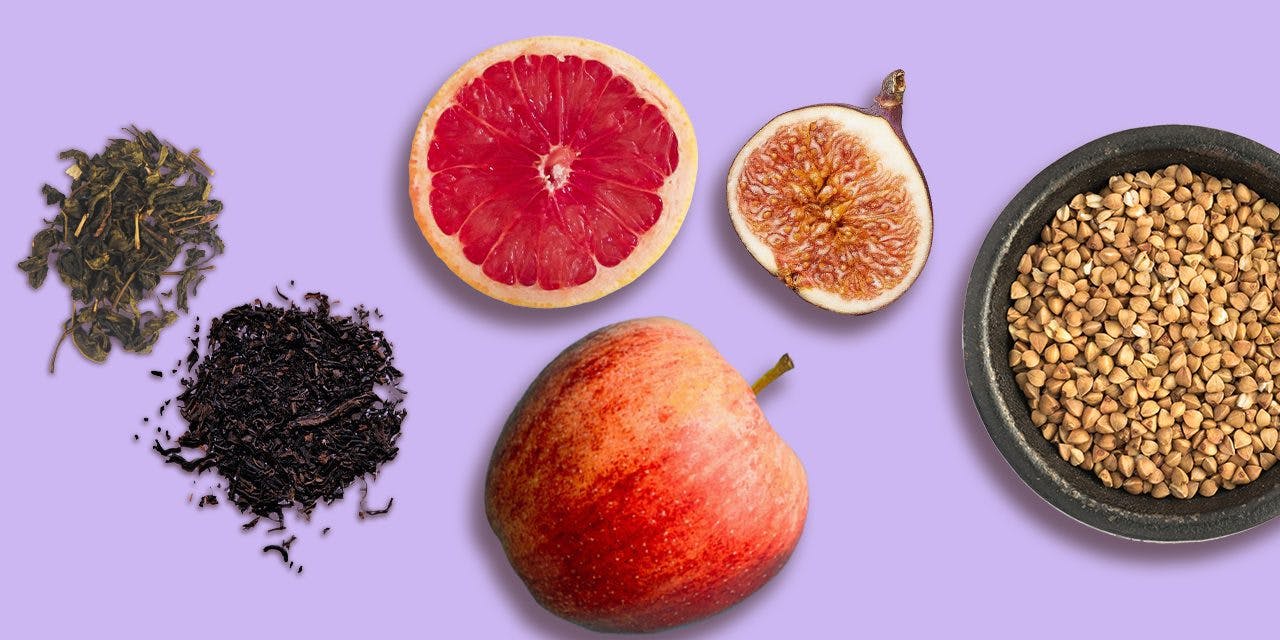Terpenes vs. Flavonoids in Cannabis: What’s the Difference?

Article written by

Shanti RyleContent Writer
Content reviewed by

Dr. Lewis JasseyMedical Director - Pediatric Medicine
The main difference between terpenes and flavonoids in cannabis comes down to a battle of the senses: terpenes are responsible for the smells in cannabis, while flavonoids contribute to the unique color of individual cultivars as well. Both terpenes and flavonoids contribute to cannabis’ smell and flavor. They’re similar but offer unique therapeutic effects and interact with the body differently.
Get your medical marijuana card
Connect with a licensed physician online in minutes.
What Are Flavonoids?
Flavonoids proliferate plants by the thousands throughout nature. These flavonoids are responsible for each cannabis strain’s unique flavors and the pigmentation of the plant. Cannabis contains 20 flavonoids, although there could be others we have not discovered yet. Cannflavins A, B and C are unique to cannabis. Others, like quercetin, are found in many fruits and vegetables.
When it comes to cannabis, flavonoids play a role in how we experience each cultivar’s effects. Working closely with terpenes and cannabinoids, flavonoids add more nuance to a cultivar’s sensory experience. If we enjoy the taste and overall effect of a particular variety of cannabis, we are more likely to use it again. However, we still have much to learn about flavonoids as they are one of the most understudied aspects of cannabis.
Benefits and Uses
Each flavonoid found in cannabis is thought to offer different health benefits, but the following are some of the most commonly considered therapeutic uses:
- Antioxidants (protection from cell damage)
- Anti-inflammatory
- Improving cardiovascular function
- Neuroprotective
- Anti-viral/anti-bacterial
- Prevention against diabetes, cancer, and other diseases
What Are Terpenes?
Like flavonoids, terpenes are organic compounds found in plants that contribute to cannabis’ unique flavor and aroma. Terpenes exist everywhere in nature and have their own potential health benefits apart from cannabis.
Found in the plant’s trichomes, terpenes’ unique properties also affect the sensory experience of a cannabis cultivar. Scientists have identified at least 100 different terpenes in cannabis, accounting for the wide variety of cultivars on the market.
Benefits and Uses
Research has identified plentiful evidence supporting terpenes’ usefulness in addressing various health conditions. While each of these properties requires further supportive research and clinical trials, some benefits may include:
Terpenes may also help reduce anxiety in those affected by stress. For example, inhaling lavender oil – which contains plentiful linalool – has been shown to have calming effects.
Many products we use every day contain terpenes, such as:
- Mosquito repellents and insecticides
- Shampoos, lotions, and other skincare products
- Flavoring agents found in candies and other foods
Free Cannabinoid and Terpene Guide
Terpenes vs. Flavonoids: Does One Have More Therapeutic Value Than the Other?
Both terpenes and flavonoids are active compounds in cannabis offering a host of potential therapeutic value, though science has yet to research their role in cannabis thoroughly. However, the two compound groups provide the most value to cannabis users when they work synergistically in the body via the Entourage Effect.
Each cultivar’s unique cannabinoids, flavonoids, and terpenes work together to produce unique physiological experiences, working on the endocannabinoid system (ECS) to attend to various ailments. Different concentrations and dosages of flavonoids and terpenes produce different results.
However, we need much more research to properly discern what amounts, ratios, or formulations will help with particular health concerns. Everyone also has their own unique ECS, so a cannabinoid-terpene-flavonoid profile that works for one person may not necessarily work for another. Age, activity levels, the use of other prescription medications, body-mass index (BMI and gender also have an impact on the effect a particular variety of cannabis may have on a person.
While terpenes and flavonoids both affect the body and each make up about 2% of dry weight in the cannabis plant, there are many more varieties of terpenes (100 terpenes vs. 20 flavonoids). It’s also harder to find high concentrations of flavonoids in nature, making terpenes the more accessible compound of the two.
Get Your Medical Marijuana Card
Connect with a licensed physician online in minutes.
Frequently Asked Questions
Do terpenes get you higher?
Terpenes do not directly provide euphoric effects, but they may have indirect psychoactive properties via their interaction with THC, other cannabinoids and other receptor systems (e.g. limonene could affect serotonin receptors). They work closely with other compounds in cannabis to interact with the ECS and contribute to a particular strain’s felt experience, shaping the overall sensory experience.
Terpenes are not considered to be intoxicating, although the presence of high amounts of terpenes like myrcene could help contribute to the sedative effects of cannabis.
Are there flavonoids in hemp?
Flavonoids are found everywhere in nature, including hemp, a variety of Cannabis sativa. Flavonoids account for approximately 2.5% of the hemp plant’s dry weight.
Are terpenes more important than THC?
Not necessarily; while THC is the primary compound responsible for cannabis’ psychoactive effects, terpenes could play a significant role in the type of experience associated with each strain. They are important to consider when determining an appropriate strain choice to treat specific health concerns.



